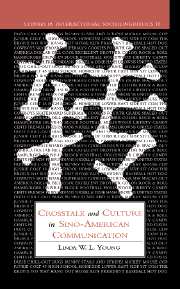Foreword by John J. Gumperz
Published online by Cambridge University Press: 19 August 2009
Summary
The last few decades have seen a dramatic increase both in the amount and in the quality and intensity of communication among individuals of different cultural background. In the ever expanding global marketplace where national economies co-exist in close interdependence, international organizations and multi-national companies proliferate, boundaries become more and more porous and populations increasingly mobile. People who grew up in distant parts of the world under historically quite distinct circumstances must now work together as part of the same labor force, jointly participate in local community affairs and compete for access to public facilities. So that, regardless of whether we live abroad or in our own familiar home environment, we are all more and more likely to come into direct contact with others who do not share our basic assumptions and perspectives. Intercultural communication is well on its way to becoming an everyday phenomenon.
Questions of culture have, to be sure, not escaped scholarly attention. A number of first rate ethnographic descriptions and cultural analyses incisively document the far-reaching differences in worldview, beliefs, and value systems among the various peoples of the globe. As a result, many of us have become aware of the complex, previously unsuspected, and often quite subtle ways in which our own perceptions of reality are constrained by taken for granted culturally specific presuppositions. Yet descriptions so far available concentrate almost exclusively on one single cultural tradition at a time.
- Type
- Chapter
- Information
- Crosstalk and Culture in Sino-American Communication , pp. xiii - xxPublisher: Cambridge University PressPrint publication year: 1994

